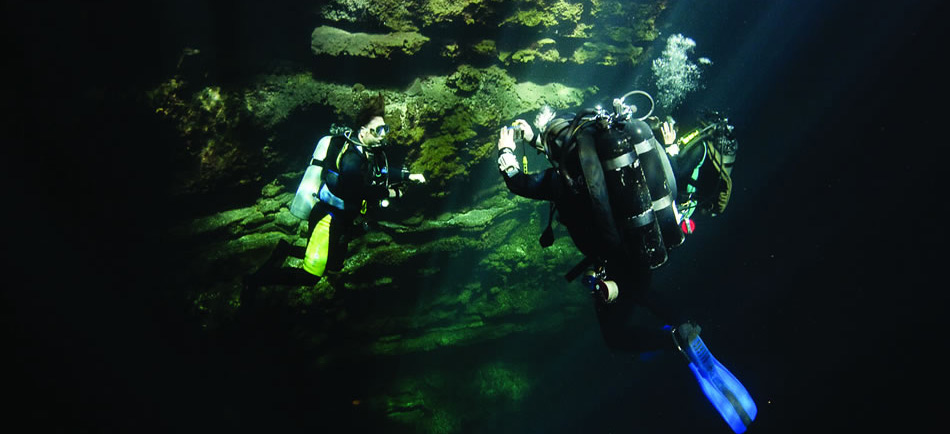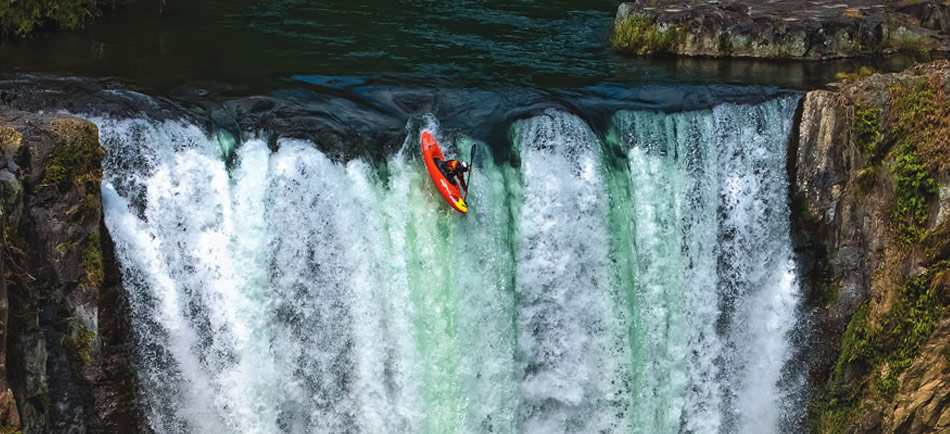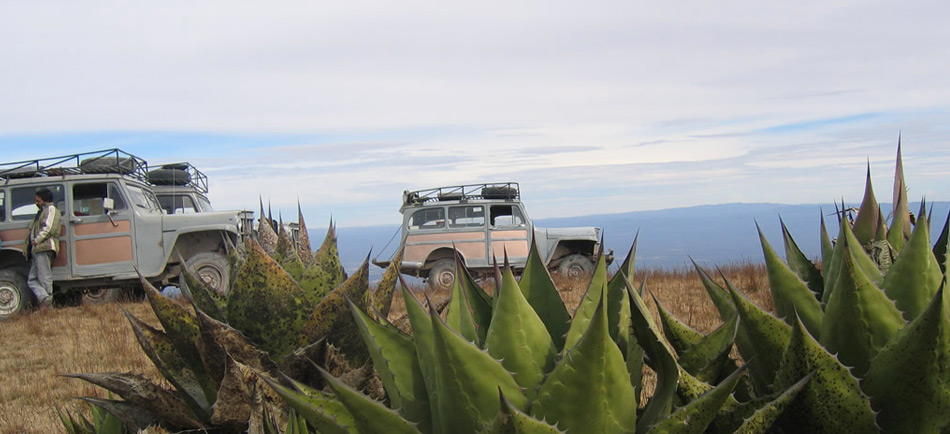
Merida
Merida is the capital of Yucatan, a picturesque citiy named after Spain’s white-stone Roman city of the same name. With its many pyramids and buildings, Merida is also the center of the region’s distinctive culinary identity. Delicious local recipes are a result of Spanish, Arabian, and Mayan influences.
Merida’s Regional Anthropology Museum – situated in a beautiful palace on Paseo Montejo, an elegant, tree-lined boulevard of mansions, restaurants, and boutiques – houses exhibits from across the state. Adjacent to a sixteenth-century cathedral in the city’s center is the Plaza Mayor, where residents stroll in the late afternoon, and itinerant musicians and artisans amble through the crowd. On weekends a colorful spectacle of musicians, vendors, pedestrians, and dancers replaces traffic on the central streets.
You will appreciate our intimate knowledge of Merida. Whether you know where you are planning to go, or if you would appreciate inspiration, our Virtuoso, Mexico Travel Advisors are experts and fun! It helps us help you to get connected to right travel advisor if you start with our vacation planner.You will get upgrades, special touches, luxury amenities and the best airfare.
Merida is the largest city on the Yucatan Peninsula. It attracts visitors interested in historic sightseeing, shopping for Mayan art and relaxing. Though a bustling city of about 700,000, Merida retains its colonial charm and has a laid-back tempo that delights visitors. It makes a good base from which to explore the Mayan archaeological sites of Chichen-Itza and Uxmal. Pink flamingo sanctuaries and swimmable crystal-clear cenotes (sinkholes) are some natural attractions that are easily accessible from Merida. Some of the cenotes are found in caves with centuries-old stalactite formations. Merida vacation packages.
Founded in 1542 on the ruins of a former Mayan settlement, the city prospered at the beginning of the 19th century from its exportation of henequen, a plant used to make rope. Isolated from the rest of Mexico, and lacking good transportation, the city’s inhabitants became quite affluent, traveling and trading with European countries, particularly France. With much of Europe’s culture being adopted in Merida, the city became known as the “Paris of the West.” European influences can be seen in the grand mansions, parks and statues from the era.
Early in this century Merida attracted a large number of Syrian and Lebanese settlers, whose influence is seen in the architecture, and particularly in the cuisine offered at many restaurants.
Merida’s weather is hot and steamy in the summer until afternoon rains lead to comfortable evenings. It is cooler in the winter, with occasional nighttime winds making it chilly enough for a sweater.
Chichen Itzá is close to Merida as well as numerous places of interest. perhaps the most famous Mayan city, with its 78-foot-tall Castle pyramid and stunning architectural precision. Dzibilchaltún, on the road to the port of Progreso, is a complex of pyramids that includes a cenote, or deep freshwater pool fed by underground rivers. Uxmal, a large city of monumental architecture, is a lush territory of parkland and dense forest and is a favorite haunt for iguanas basking in the sun. Small and picturesque towns, such as Celestun, Izamal, Acanceh, and Valladolid, offer a glimpse of contemporary rural life and a chance to buy beautiful handcrafts and to taste the local cuisine.







